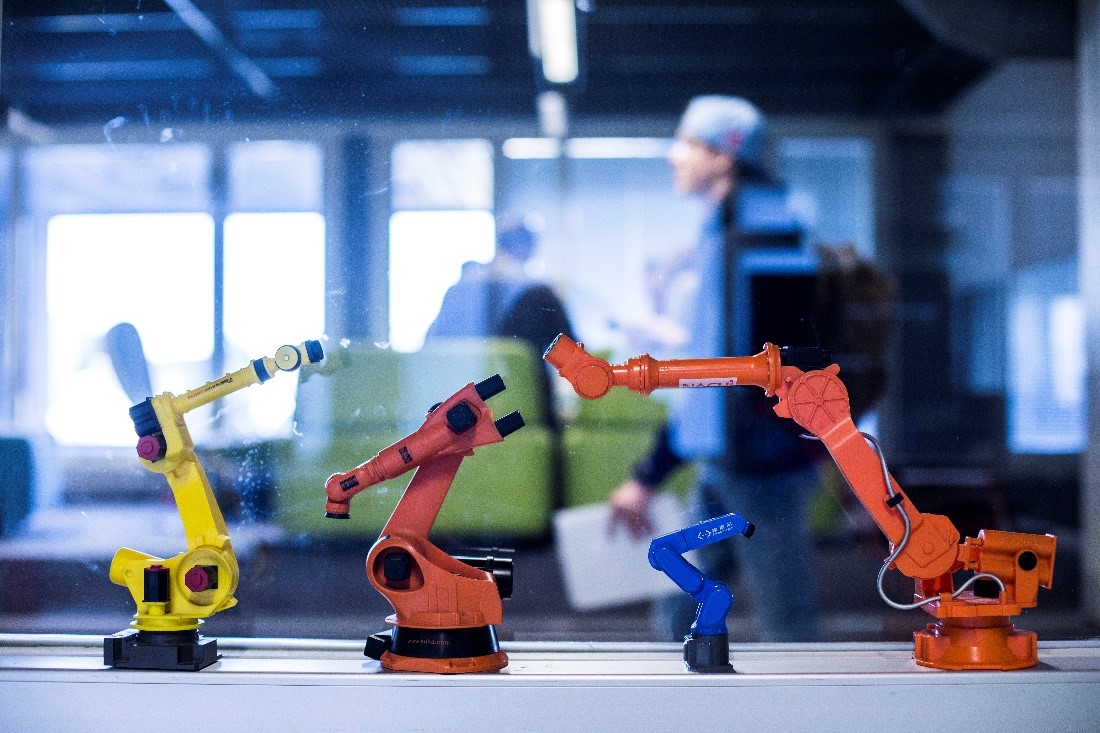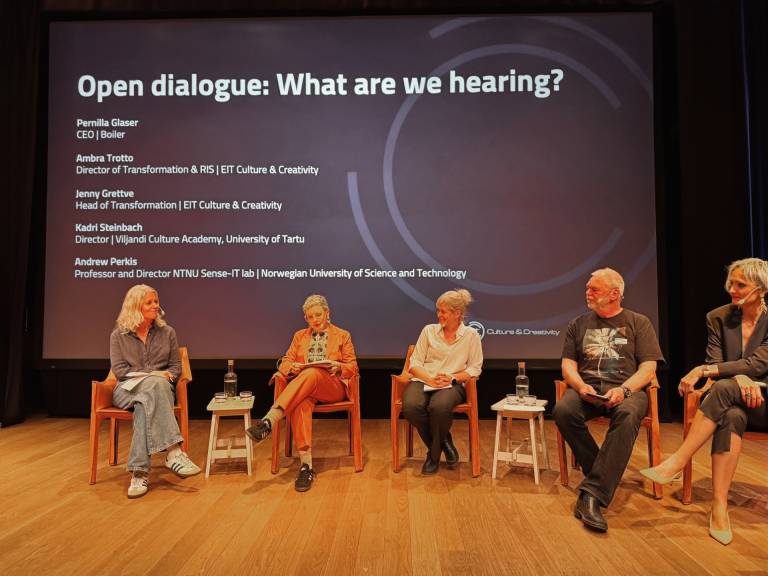TAMK has the mission to collaborate closely with the working life, with a specific focus on microenterprises, SMEs and midcaps. We want to support their competitiveness by scanning the future competence and skills needs and responding to those with our educational offer. Other means include engaging in joint RDI activities and providing testing and demonstration environments for their product and service development. Simultaneously, we can enhance the employment of our students by internships and project assignments directly from these companies.
But it takes a lot of continuous discussion and contact. And what would be a better way to acquire a state of the art of industrial SMEs than the biggest annual gathering of these enterprises, namely the Subcontracting Fair in Tampere (Alihankinta 2023). It is Finland’s leading industrial trade fair, showcasing the latest trends in innovations and design and a unique overview of the industry’s prospects and the future.
Visiting Alihankinta 2023 verified for us the facts of ever-increasing complexity and diversity of the subcontracting ecosystem. These constantly evolving ecosystems consist of various types of subcontractors, each having its own role, expertise, resources and capabilities, but also its own challenges, risks and opportunities.
The importance of knowledge transfer and innovation management in the industrial subcontracting ecosystem is obvious. In addition, SMEs also need to establish trustful relationships, share information and align their goals and expectations with their subcontractors. They need to adjust to the predominant digital systems and emerging values of sustainability and responsibility which the larger industrial companies are committed to also throughout their subcontracting value chains.
It was delightful to see the flourishing enthusiasm and entrepreneurial spirit in the numerous exhibitors in the Subcontracting Fair this year. The challenge is how TAMK can continue to support and facilitate the digital and green transition among the industrial companies, especially in the SMEs. At the moment, TAMK’s focus areas of internationality, continuous learning, RDI and digitalisation are well aligned with current status and needs of companies, clusters and ecosystems we visited and interviewed in the Fair.
Text: Hanna-Greta Puurtinen, Head of RDI in School of Built Environment and Bioeconomy and Petri Pohjola, Head of RDI in School of Industrial Engineering
Picture: Jonne Renvall





